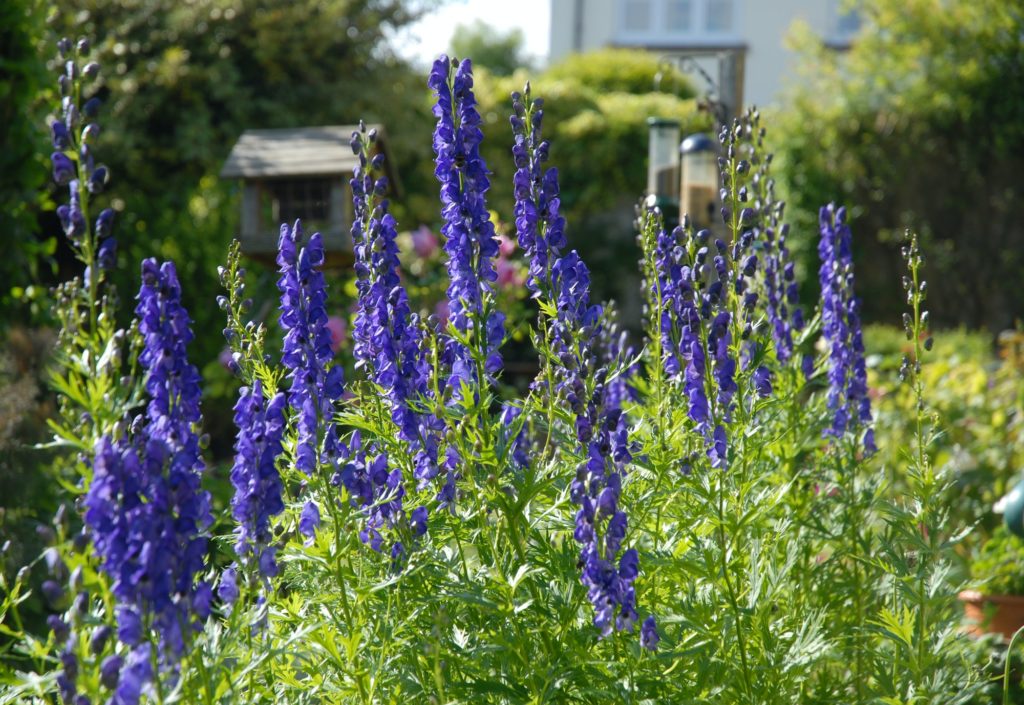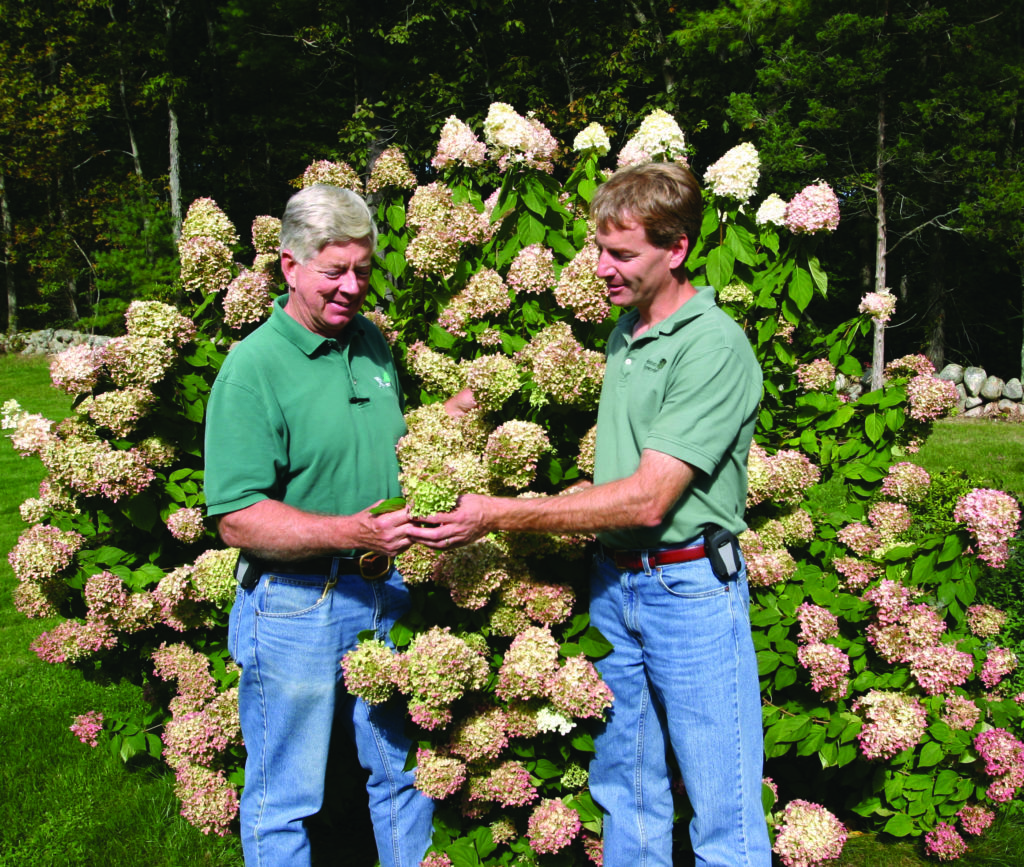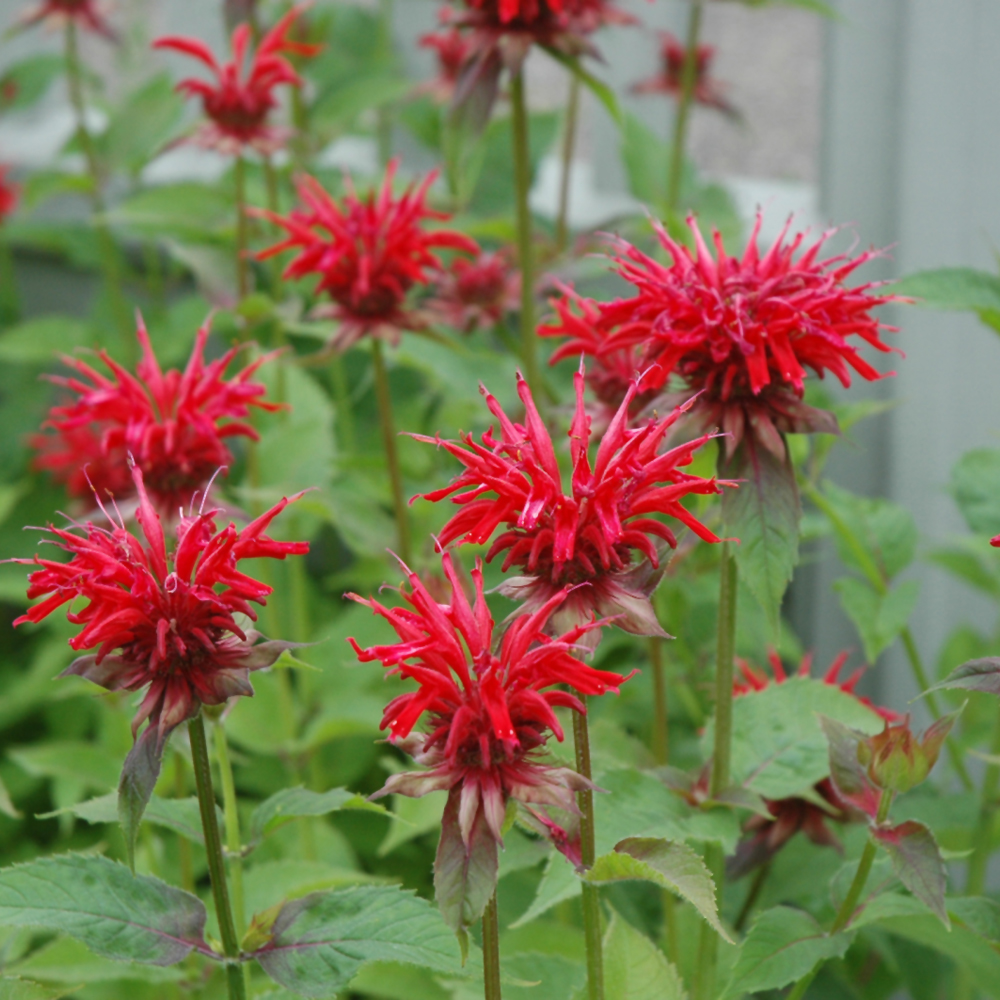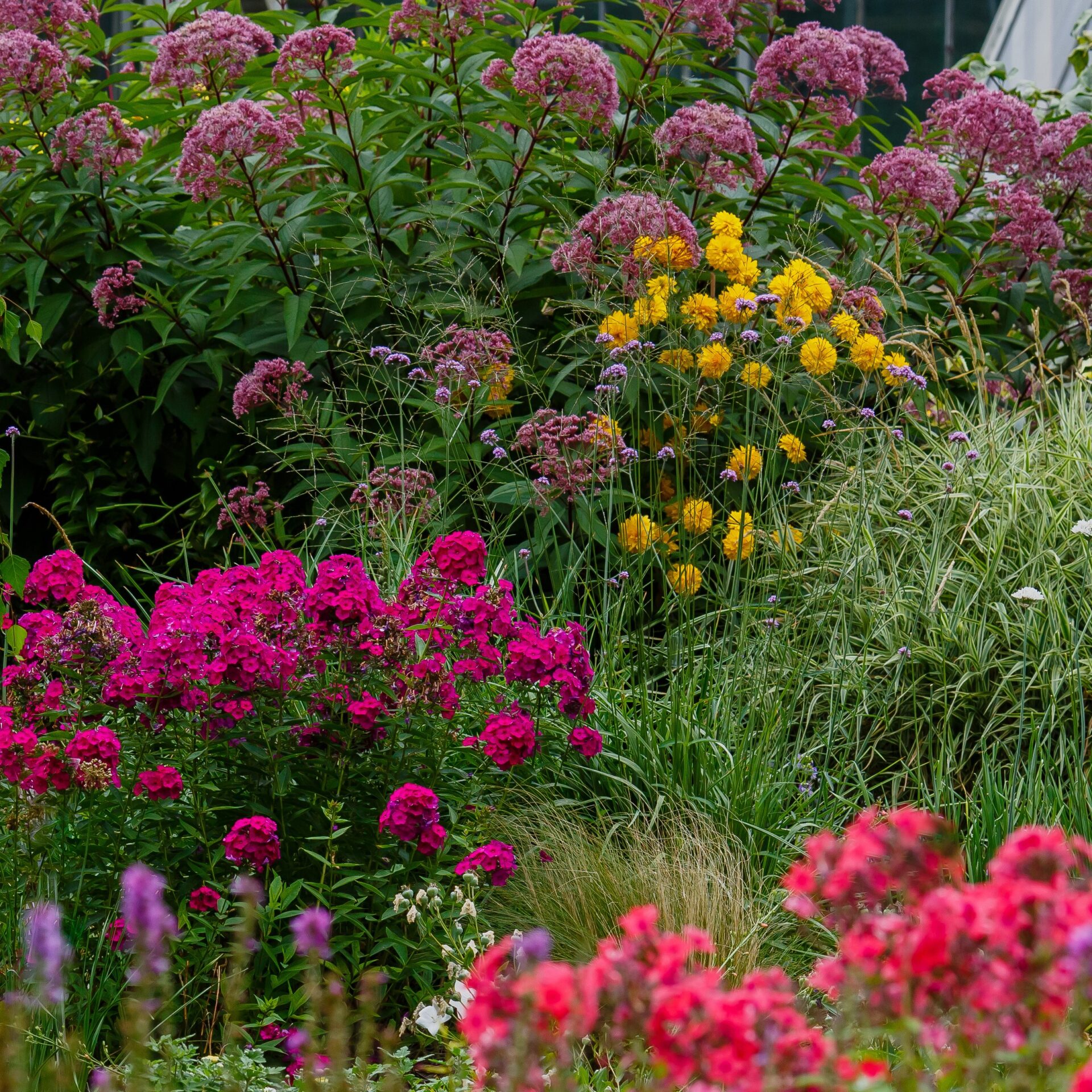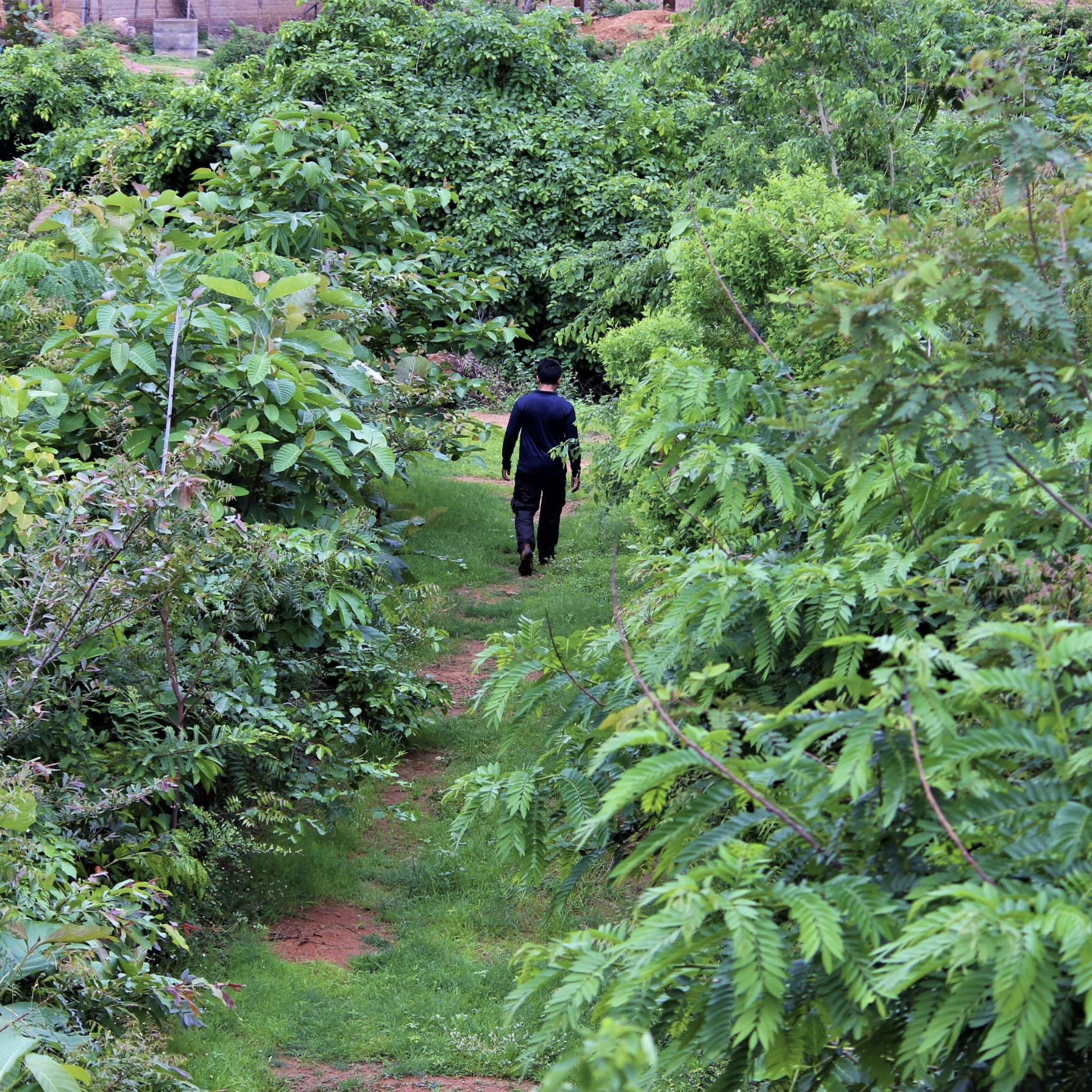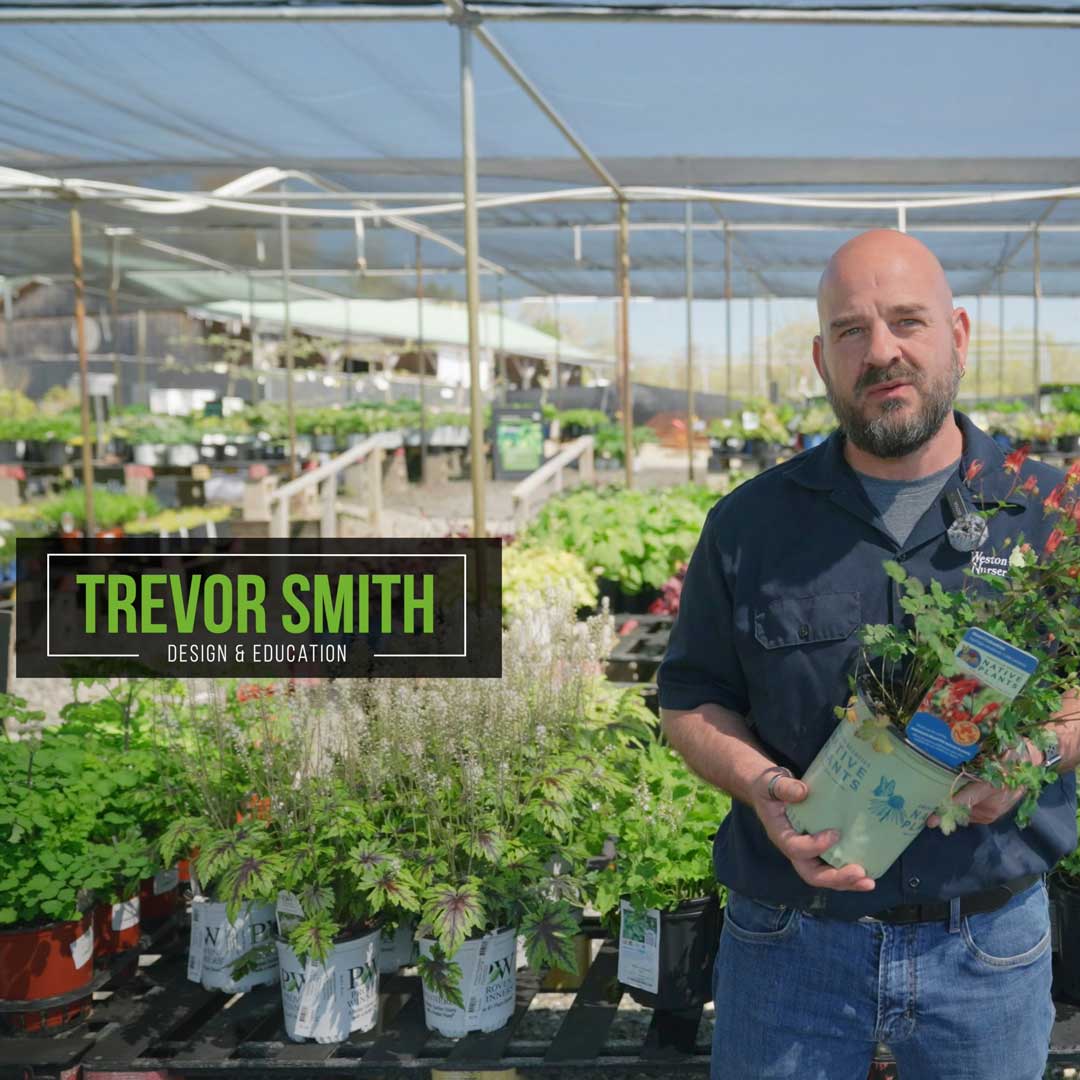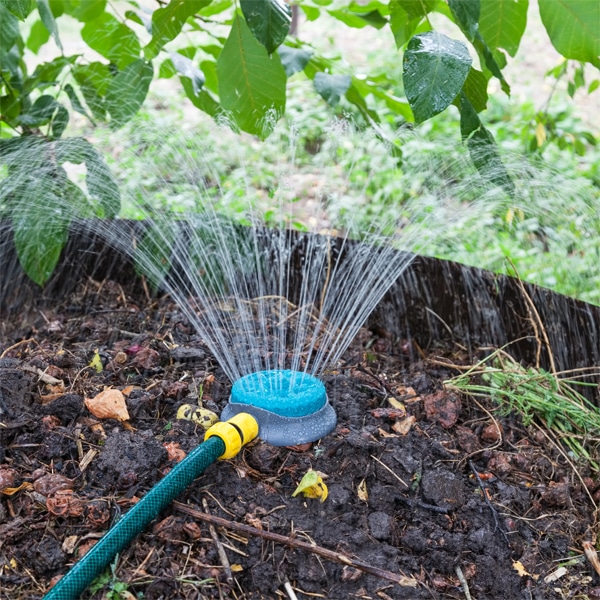
With the Summer Solstice, the longest days of the year are with us, and living outdoors is such a pleasure. Summer is also a great time to add the right plants to our gardens. The oft-held misperception that it is safe to plant trees, shrubs and perennials only at certain times of year carries over from our grandparents’ day when most plants were grown locally and often transplanted bare-root. Those “good old days” have thankfully evolved to the much easier and more successful practices we use today.
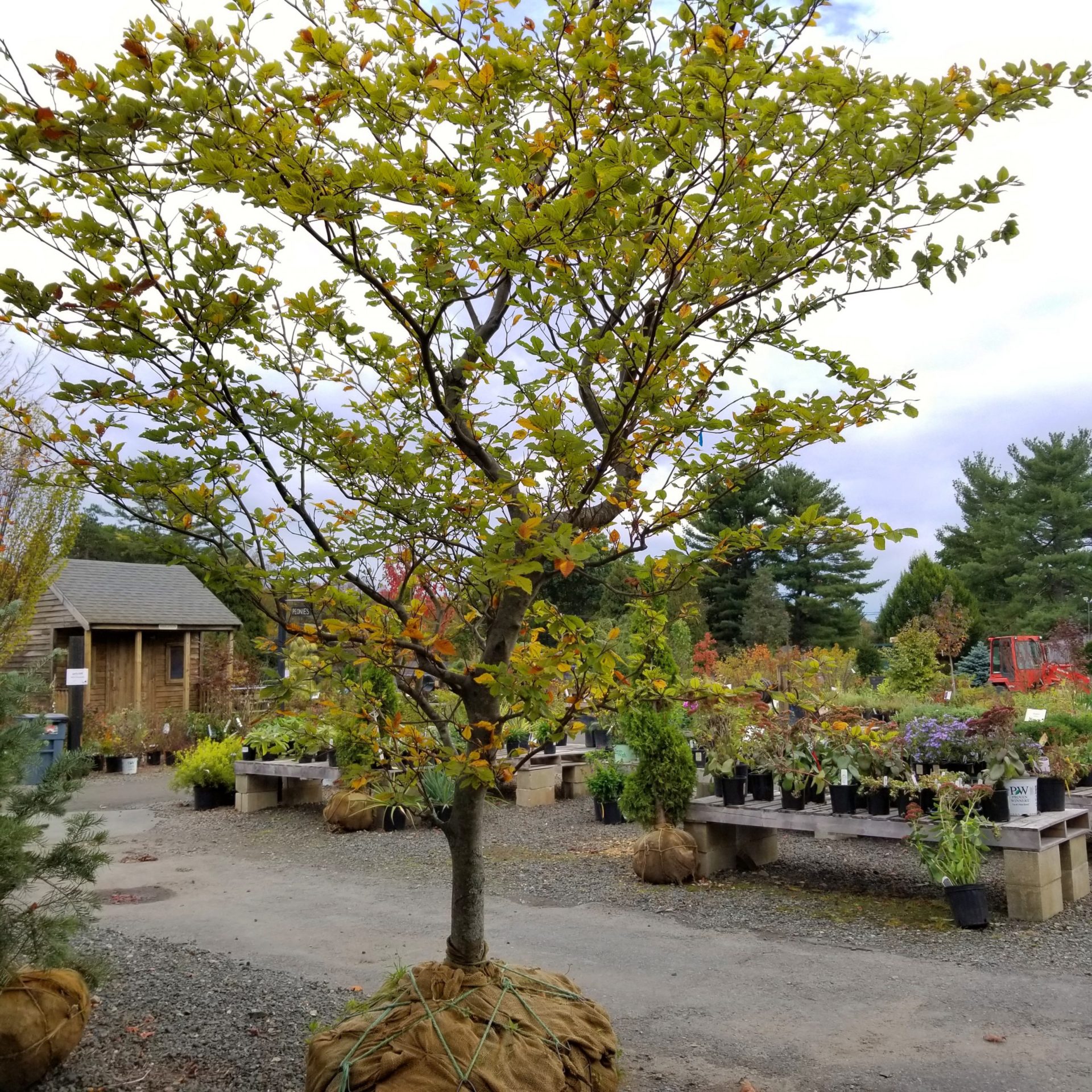
Most of the plants available in garden centers today are either grown in pots or dug out of the ground earlier in the year with a root-ball of soil encased in burlap (“balled-and-burlapped”, or “B&B”). All plants for sale in garden centers can be successfully maintained above ground for extended periods until they are ready to install in your landscape. Just make sure the root systems don’t dry out.
Any plant that is already above ground can be successfully planted now. On the other hand, for most plants already growing in your garden, it is best to wait until the cooler seasons to move from one location to another. Many landscape plants in active growth are susceptible to setback if their roots are disturbed in full growth.
Summer is the ideal season for plants to get established in your garden. Warm soil and long days encourage best growth for most trees and shrubs. Be sure the soil where they will be growing is properly prepared and that the depth of planting is correct.
Generally the ground level of the plant should be the same as the top of the rootball or soil line as it was grown in the pot. Click on these links for complete information on proper planting procedures for container-grown and B&B plants.
Most importantly, the first year they are planted, be sure to water each plant daily for the first couple weeks, and then every week religiously with at least an inch of water until winter freeze-up. Forming a saucer-like barrier at the base of the plant helps hold water that will soak into the roots.
After planting, adding a layer of mulch helps moderate moisture and temperature fluctuations in the root zone and reduces the potential for weed competition.
Certainly the heat and humidity of summer can make working in the garden more strenuous. But horticulturally, successful planting in summer is pretty much assured, provided a few simple guidelines are applied – most importantly, make sure their roots have sufficient moisture.
Utilizing the early morning hours or the cooler end-of-day times for physical exertion helps enhance our personal comfort.
If you have questions, ask our professional garden center staff experts—they’re less rushed during summer and have more time to spend with you to personally discuss your individual needs and options. You may even find some end-of-spring discounts on plants with minor blemishes or in strong supply after the busier spring season.
About the Author
R. Wayne Mezitt is a 3rd generation nurseryman, a Massachusetts Certified Horticulturist, now chairman of Weston Nurseries of Hopkinton, Chelmsford & Hingham MA, and owner of “Hort-Sense”, a horticultural advisory business. He currently serves in various capacities on several horticulturally-related organizations, including the Massachusetts Horticultural Society at The Gardens at Elm Bank in Wellesley MA, and chairman for the Massachusetts Invasive Plant Advisory Group (MIPAG).

